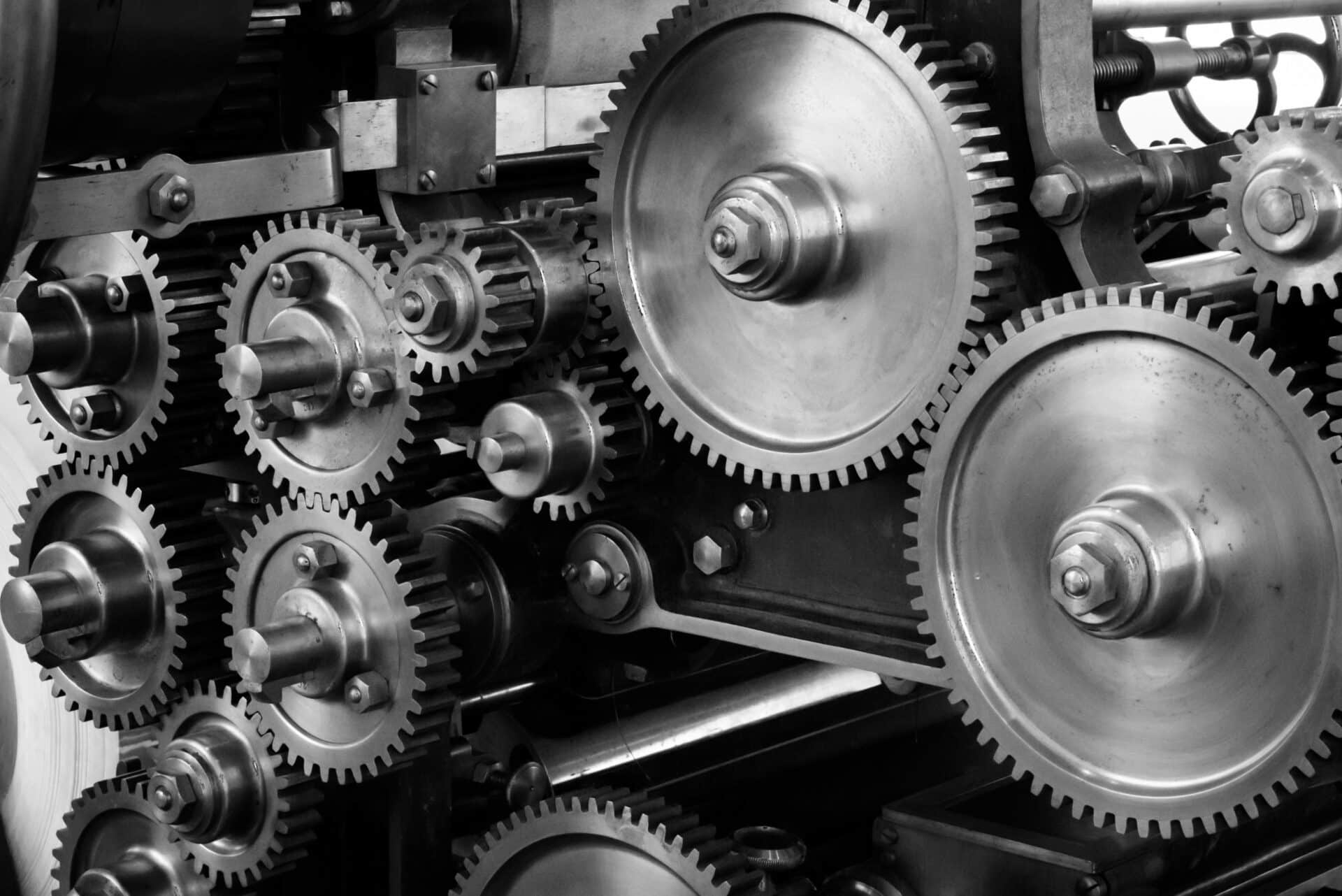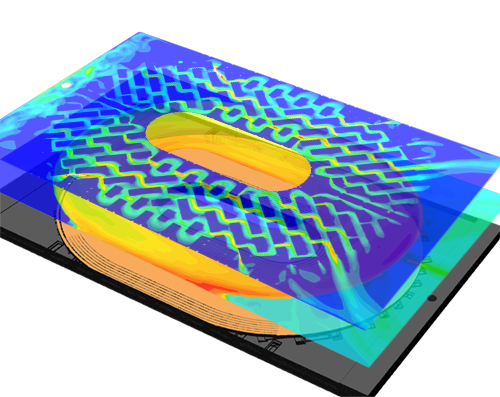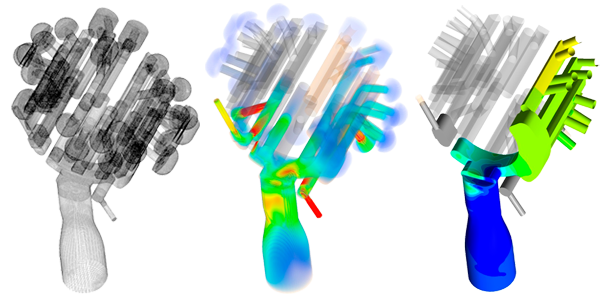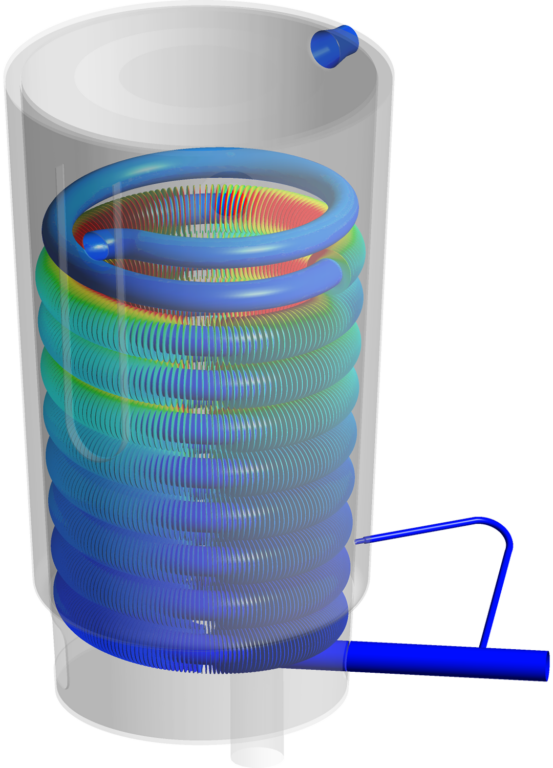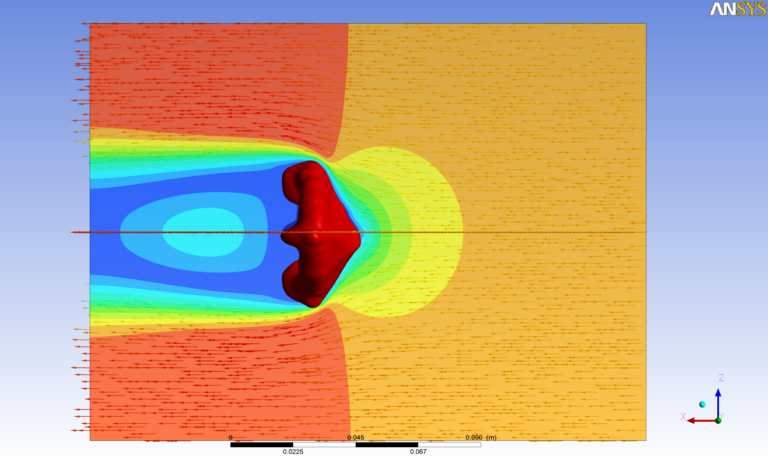CFD modeling for industrial equipment
The optimization of industrial equipment is a key issue for companies, in order to improve performance and product quality, or reduce production costs. Computational fluid dynamics (CFD) is an essential solution for modeling fluid flows, heat transfers and complex interactions in industrial processes. Thanks to CFD simulation, companies can optimize the design and efficiency of their equipment, while limiting the number of tests and prototypes required for development.
Here are the main applications of CFD simulation for industrial equipment.

